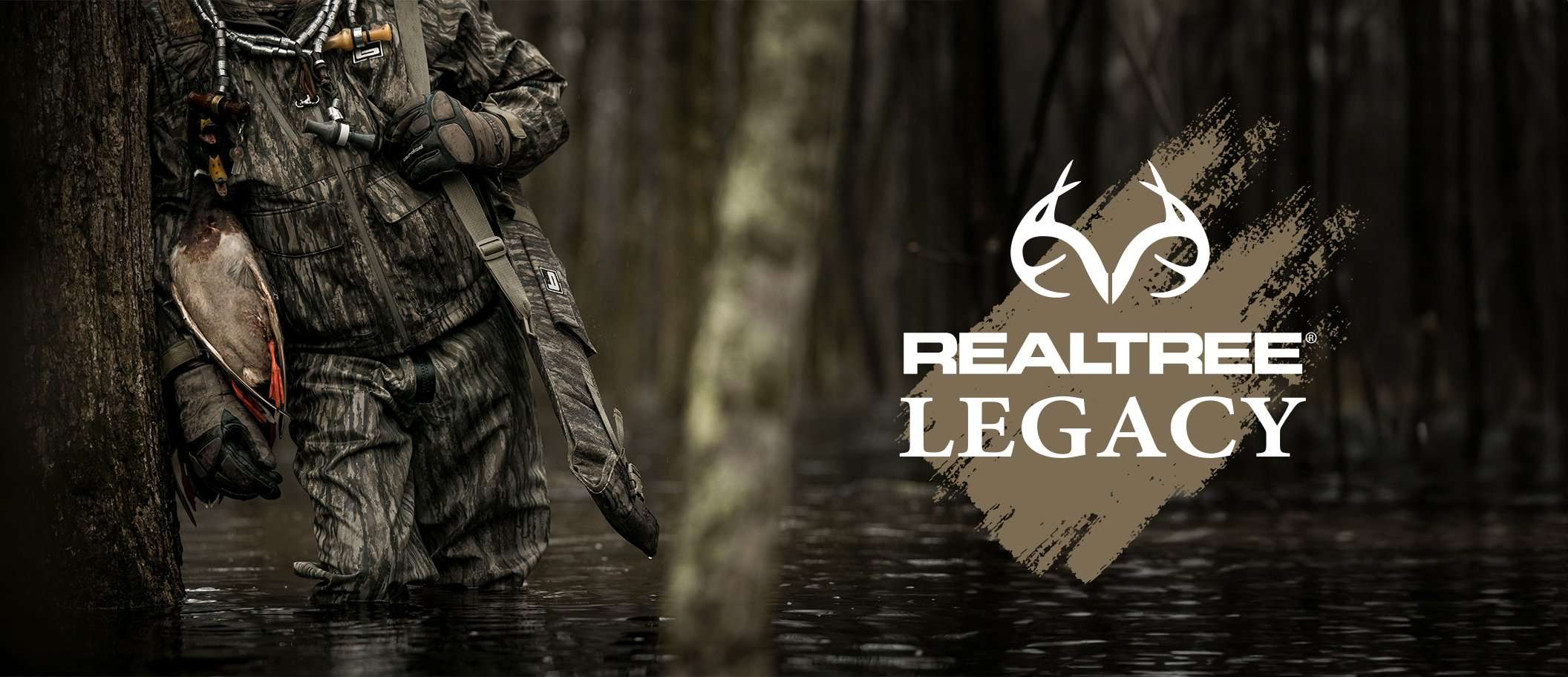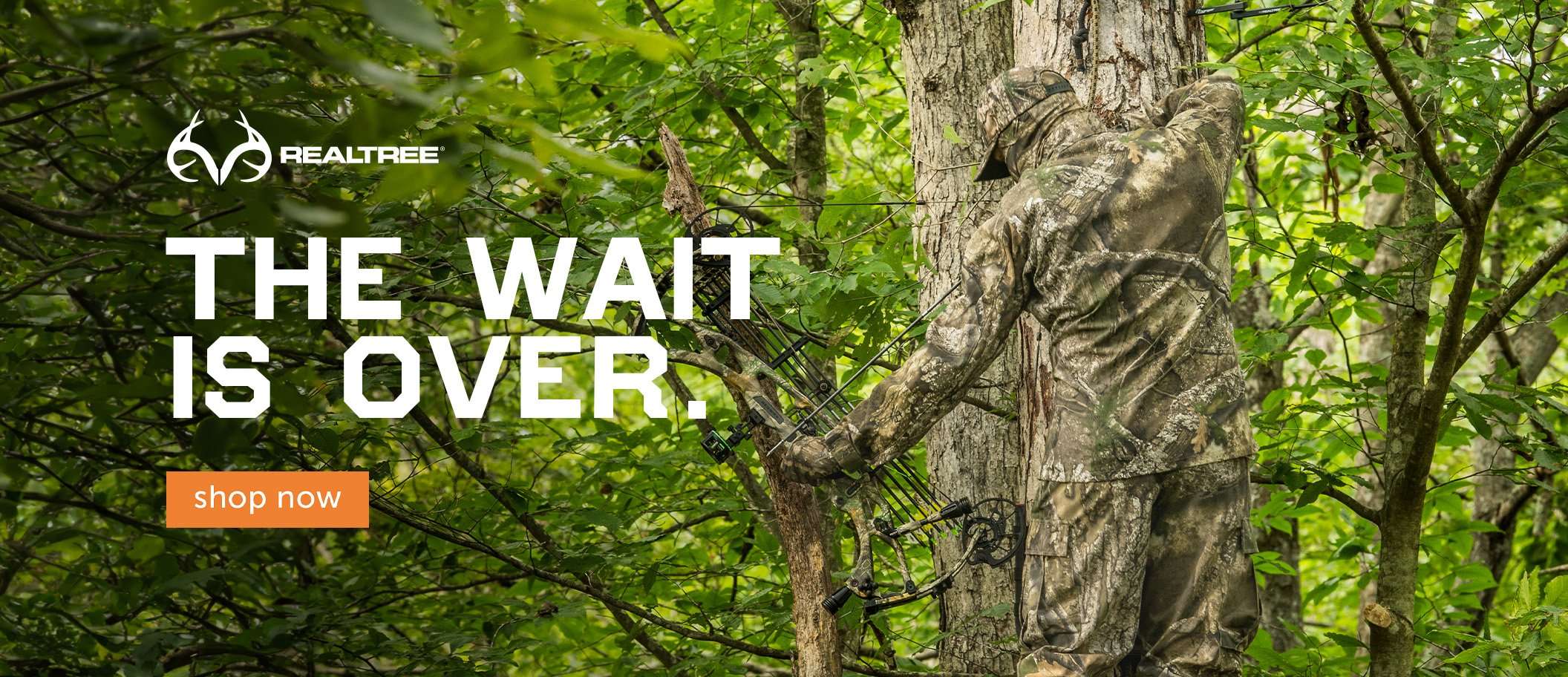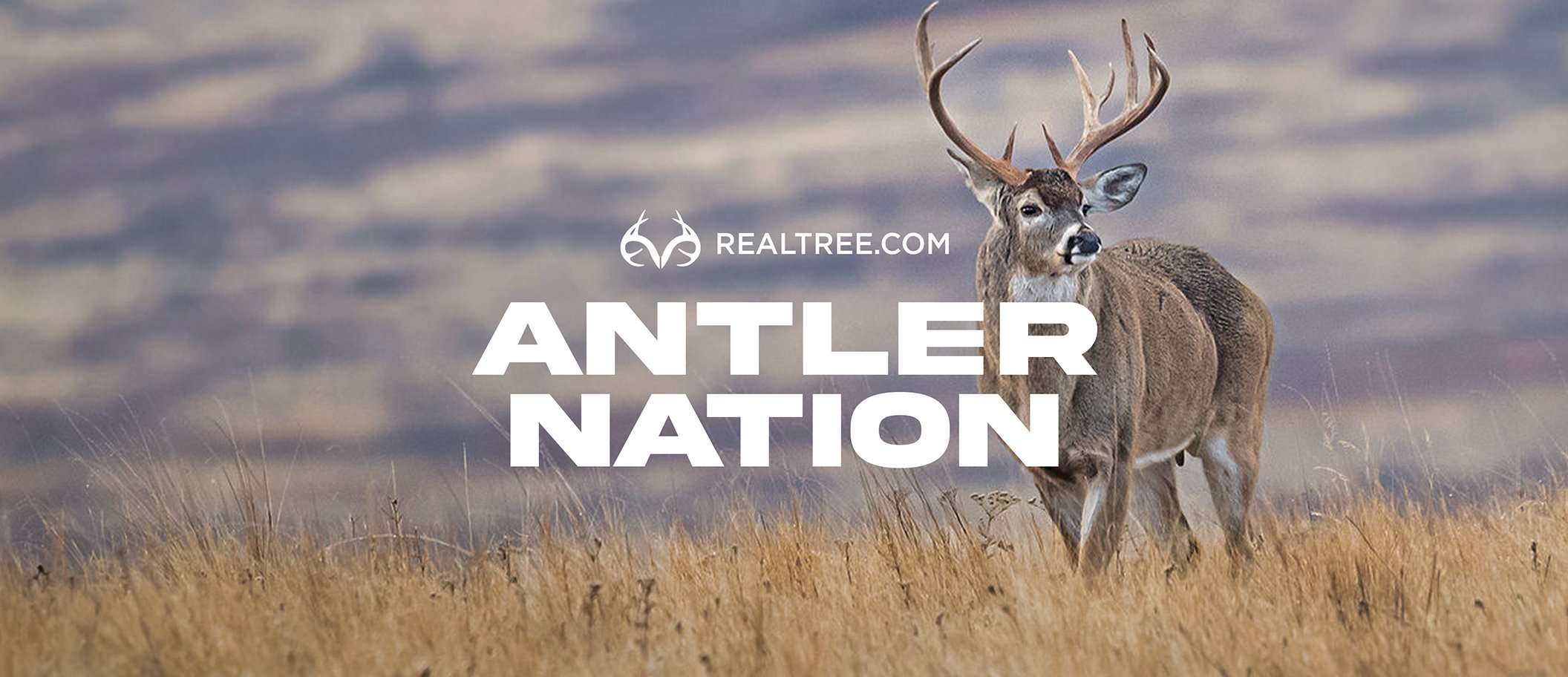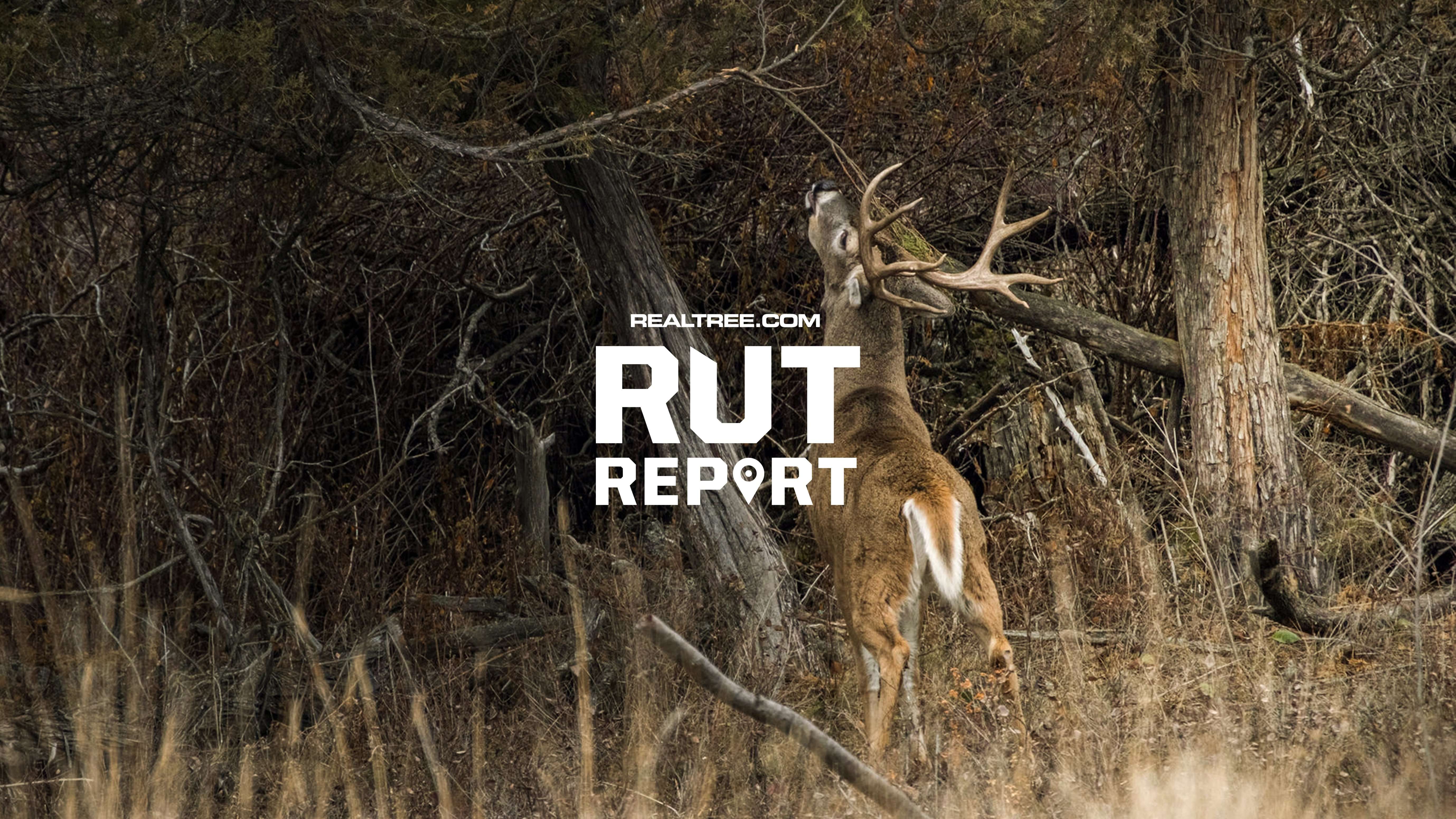Sometimes leaving the stand and slipping around on the ground is the best way to tag a big buck
Our shipment of cattle feed arrived later than I expected, and it too took much longer to unload than I had anticipated. I badly wanted to hunt deer that afternoon. A cold front had recently passed through our area, and no doubt, the deer would be moving.
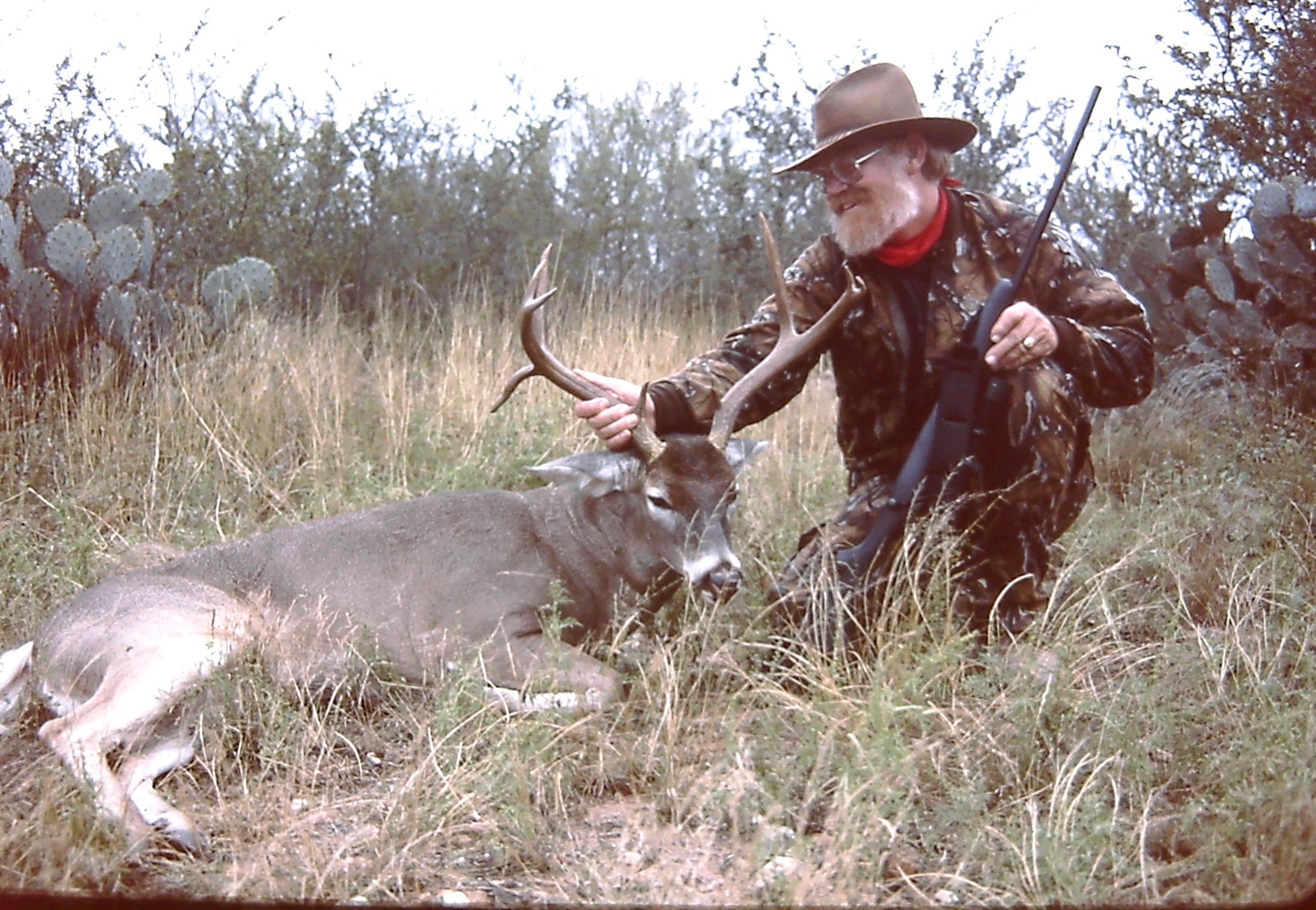
The author with a mature buck he took from the ground after a late start to his evening hunt. Image by Larry Weishuhn
With the feed in the barn, rather than quickly walk into the woods, I decided to still hunt to my “deer stand” — a board wedged into the fork of the ancient white oak.
Wind in my face, I slipped slowly and quietly, and before long, I spotted a young buck. He was downwind and staring into the tree where I should have been sitting. And he was doing so from where I wouldn’t have seen him, had I been in the tree.
It made me wonder how many times the same had happened in the past. After the buck moved on, I walked to a fallen tree and sat with my back against the trunk. Then I placed a few cedar and youpon limbs in front of me to help break my outline.
With only 10 minutes of legal shooting light, I spotted an older 6-pointer. He approached downwind of my treestand, and I shot him when he stared up into the tree. From that afternoon on, I’ve been a dedicated ground hunter.
GROUND HUNTING TACTICS FOR WHITETAILS
I’ve learned many things by hunting from the ground — including that deer do have great eyesight and quickly detect any type of rapid movement. One can get away with slow, almost orchestrated movement without attracting a deer’s attention, especially if you’re fully camouflaged.
While It’s extremely important to always play the wind no matter how you hunt, this is particularly true when hunting on the ground. Deer essentially live or die by being able to smell danger and react quickly.
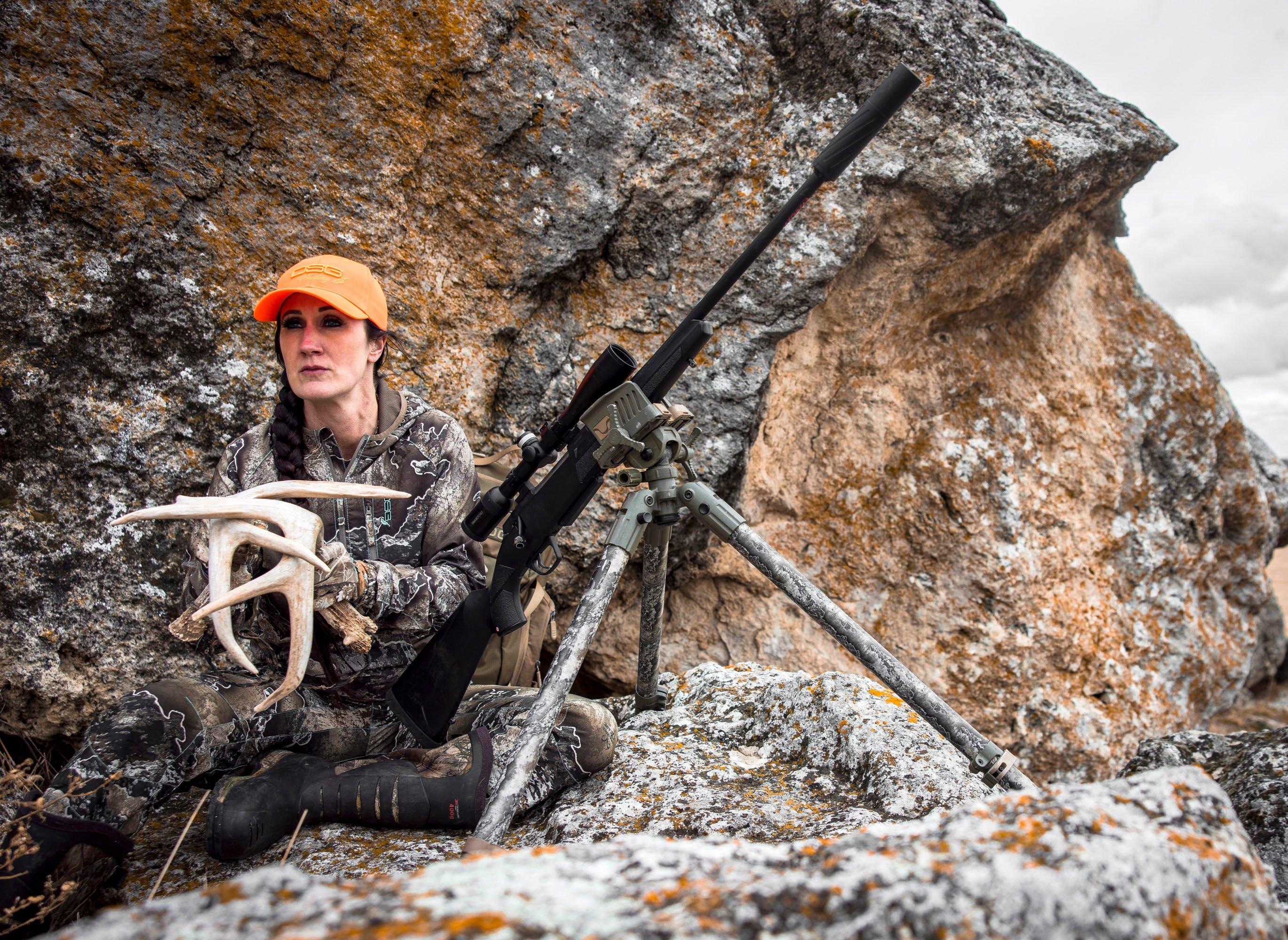
When hunting from the ground, take advantage of natural cover to break up your outline. Image by Melissa Bachman
I tend to hunt all day long, and during the course of a day the wind can change directions several times. But this isn’t a big deal. If the wind changes, I can simply move to where the wind will continue to work to my advantage.
My ground stands in most instances take advantage of what’s available. I like to sit in front of a large tree, or next to a log or a bush where I can see trails, scrapes, or natural food sources. I often fertilize stands of green briar or smilax, a favorite deer browse. And deer have an innate ability to search out the most palatable and nutritious forages.
Hunting a lot in Texas, I occasionally hunt over bait, too. But, I very seldom hunt over corn feeders other than when harvesting does. My favorite way to hunt older mature bucks, whether still hunting, rattling, or simply sitting and watching is to find areas away from where anyone else is hunting. I look for places like small openings in thick brush or trees far from existing deer stands.
Usually, I bait in with Vineyard Max (a combination of hammer-milled red and white grape skins, cracked corn, and rice bran) in small piles for two days and then hunt those starting the third day. I build two or three brush blinds at each site so I can hunt regardless of wind direction.
CHECK OUT OUR LATEST CAMO PATTERN: REALTREE APX
I hunt these areas during the pre-rut by simply sitting and watching, moving my eyes more than any other part of my body. It’s challenging, but it’s also a great way to learn about deer.
I also love messing with deer, trying to see what I can get away with. That includes pushing the envelope by moving very slowly and trying different grunts. I learned long ago that deer tend to be curious. When commercial grunt calls first became available, my two young daughters started hunting with me. I gave each a grunt tube, and nodded when I wanted them to do a grunt like I had taught them. In spite of their perfect grunts, nothing would respond.
Growing bored, they would start grunting “The Itsy, bitsy spider crawled up the water spout….” I’d roll my eyes thinking our hunt was over. Then, here would come a doe or a buck, looking for the source of the strange sounds.
YOU DON’T NEED MUCH TO HUNT THE GROUND
Recently we’ve seen a proliferation of canvas-covered ground blinds designed for both archery and firearm hunters. These have proven quite successful. They hide the hunter inside and help contain scent. I have used them on occasion, but I prefer creating my own natural blinds, using logs, limbs, and trees.
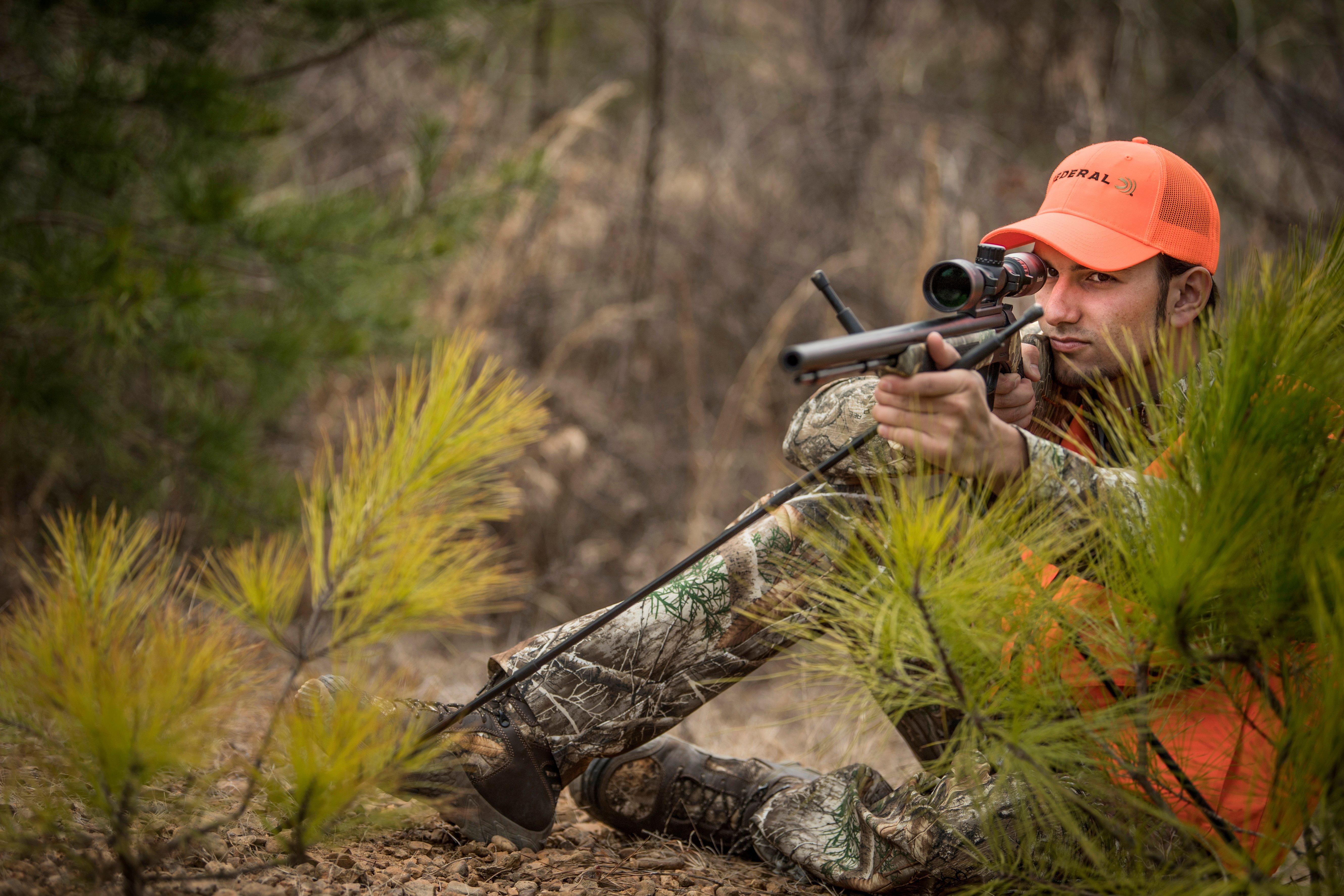
While manufactured ground blinds work great, the author prefers to create makeshift blinds from natural brush.
Hunting whitetails recently with Johnnie Hudman on the Four Buffalo Ranch east of San Angelo, Texas, I put this into practice.
Johnnie wanted us to target a particular six-year-old buck. “He frequents an area near where we have a feeder, but he only comes to the feeder after dark,” he said. “He hangs up a couple of hundred yards away during the daylight, and I have a spot picked out about 300-yards from the feed area.”
Don’t Miss: CAN FITNESS MAKE YOU A BETTER WHITETAIL HUNTER?
After a morning hunt, we walked to where Johnnie planned on ambushing the buck. We found two big oaks and cut a few cedar limbs to put in front of us while using the tree trunks to hide our outline.
We intended to come back and hunt later that afternoon. But on our way to camp, we started seeing deer up and feeding. I looked over at Johnnie and he looked at me. Not a word was spoken. We turned around and headed back to our recently built ground blind. By the time we had set up and I loaded my rifle, it was 1:15 in the afternoon.
Less than five minutes later we saw our first deer, a nice young buck with exceedingly tall brow tines. A few minutes later we saw a couple of does and another obviously young buck. They were headed toward the feed area.
I was watching them approach, when Johnnie grabbed my elbow and pointed straight ahead. He mouthed, “Big buck.” I slowly raised my binocular and saw not only the buck Johnnie had seen, but three more. They were slowly feeding our way, nibbling on forbs and mesquite beans. Each succeeding buck seemed to have bigger antlers.
Earlier Johnnie had told me the buck we were after was a typical 11 with four kickers and a short drop tine. My heart skipped several beats as I realized our target buck was approaching. “Fourth buck. Shoot him!” Johnnie whispered.
After I pulled the trigger, the buck turned to run, faltered, then fell! He was mine — properly grounded.

